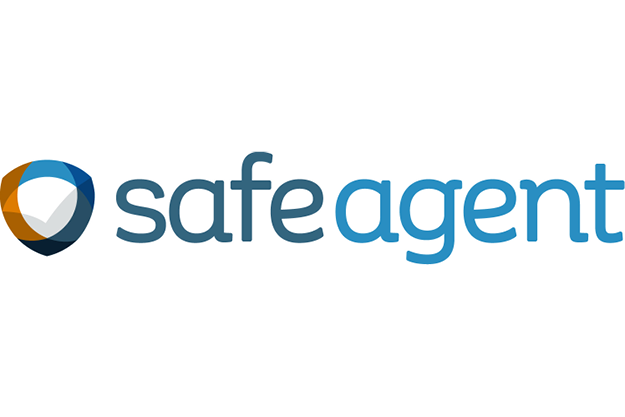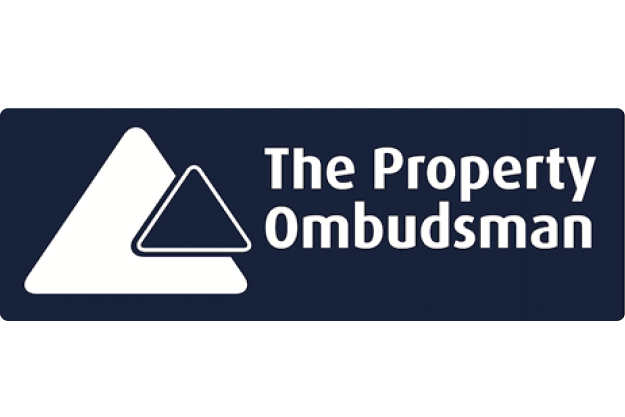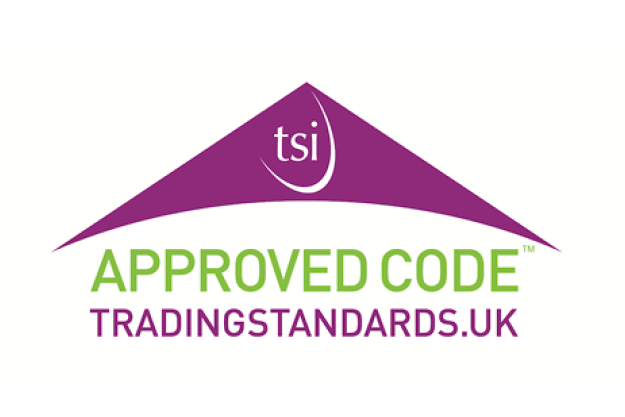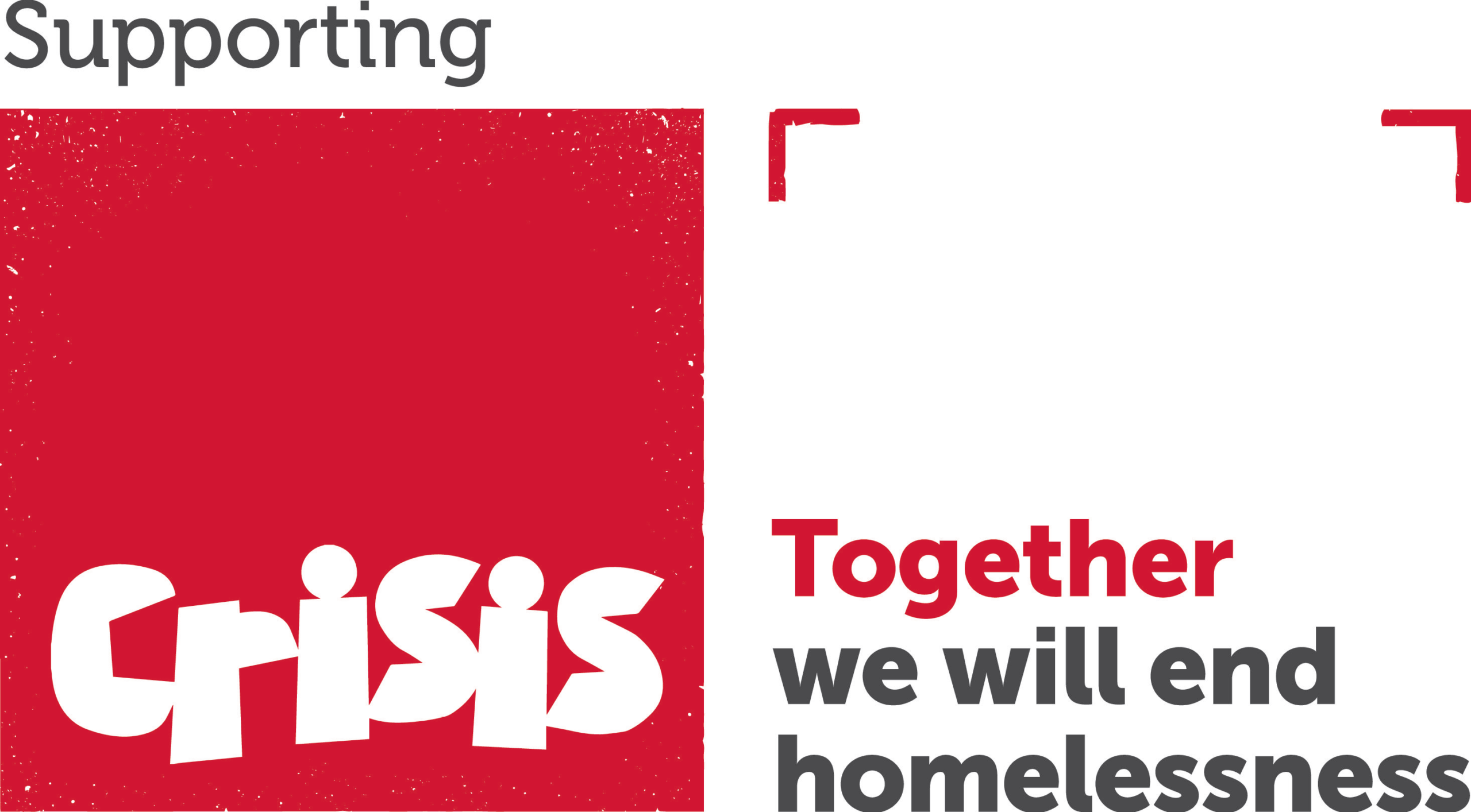If you believe the hype, London property owners are in the money. According to Rightmove, house prices in the capital reached a record high this month of £552,530 – and London prices have risen over 10% in the last year alone. However, lurking beneath the figures is a far less palatable truth for owners trying to sell up.These prices are massively distorted by a few posh postcodes, and in reality prices in some areas have still not recovered from the financial crisis. A study by property website home.co.uk looked at the prices of flats, which make up 46% of all property types across greater London, and 92% of the current sales stock in central London. It has highlighted the top 10 postal districts which have risen the most since 2008.
Winners SW8 around Vauxhall and Battersea has shown the most astonishing price rises: flats have nearly tripled in value in this postal district over the last six years. EC2 around Liverpool Street isn’t far behind with growth of over 180%.Clearly these desirable parts of central London continue to be in high demand from UK and foreign buyers, placing considerable price pressure on the limited stock. The richest Britons don’t have to worry about the slings and arrows of the financial crisis and the troubling cost of living, they’re still snapping up flats and Prada handbags like it’s 2007.
The top ten postcodes are:
SW8 – Vauxhall and Battersea – 192%EC2 – Liverpool Street – 180%SW7 – Knightsbridge – 137%W14 – Kensington – 132%WC2 – Holborn – 126%SW3 – Chelsea – 125%EC4 – The City – 124%SW11 – Clapham – 120%W6 – Hammersmith – 115%SE1 – Southwark – 114%What’s even more striking is the average price of a flat in these areas.
The most expensive is in Knightsbridge with an average asking price of £3.2 million, followed by Chelsea, with an average asking price of over £2.5 million. Only Hammersmith in this list has an average price below £1 million. Worst performers Meanwhile, it’s a very different story down at the other end of the spectrum. Not only are price rises far more sluggish, but prices still haven’t recovered from their pre-crisis levels. The worst performers of all are E12 (Manor Park) and E7 (Forest Gate), far out in the East end, where prices are down 20%.The worst performing ten areas are certainly among the more affordable, and less desirable, areas.
The average price drop since 2008 across these ten districts is 11.9%.Bottom ten:E12 – Manor Park down 20%E7 – Forest Gate down 20%N21 – Winchmore Hill down 19%N9 – Lower Edmonton down 10%E13 – Plaistow down 9%E4 – Chingford down 9%E15 – Stratford down 9%N18 – Upper Edmonton down 9%E11 – Leytonstone down 8%N14 – Southgate down 8%Home.co.uk said that this starling diversity in fortunes in London means that over the years since the crisis, more and more buyers are being priced out of the most desirable areas.
Doug Shephard, director at Home.co.uk, commented: “The reality is that, as price trends continue on their upward trajectory in the more desirable areas, the vast majority of potential buyers will be forced to make further compromises both on the type and location of their first property in order to fit their budgets.”However, he added that despite this, the worst-performing areas may offer some hope to first-time buyers and provide potential opportunities for developers and buy-to-let investors. With asking prices in six of the ten districts below £200,000 they are certainly more affordable. And in N18, the cheapest postcode in the bottom 10, the average flat costs just under £155,000.



